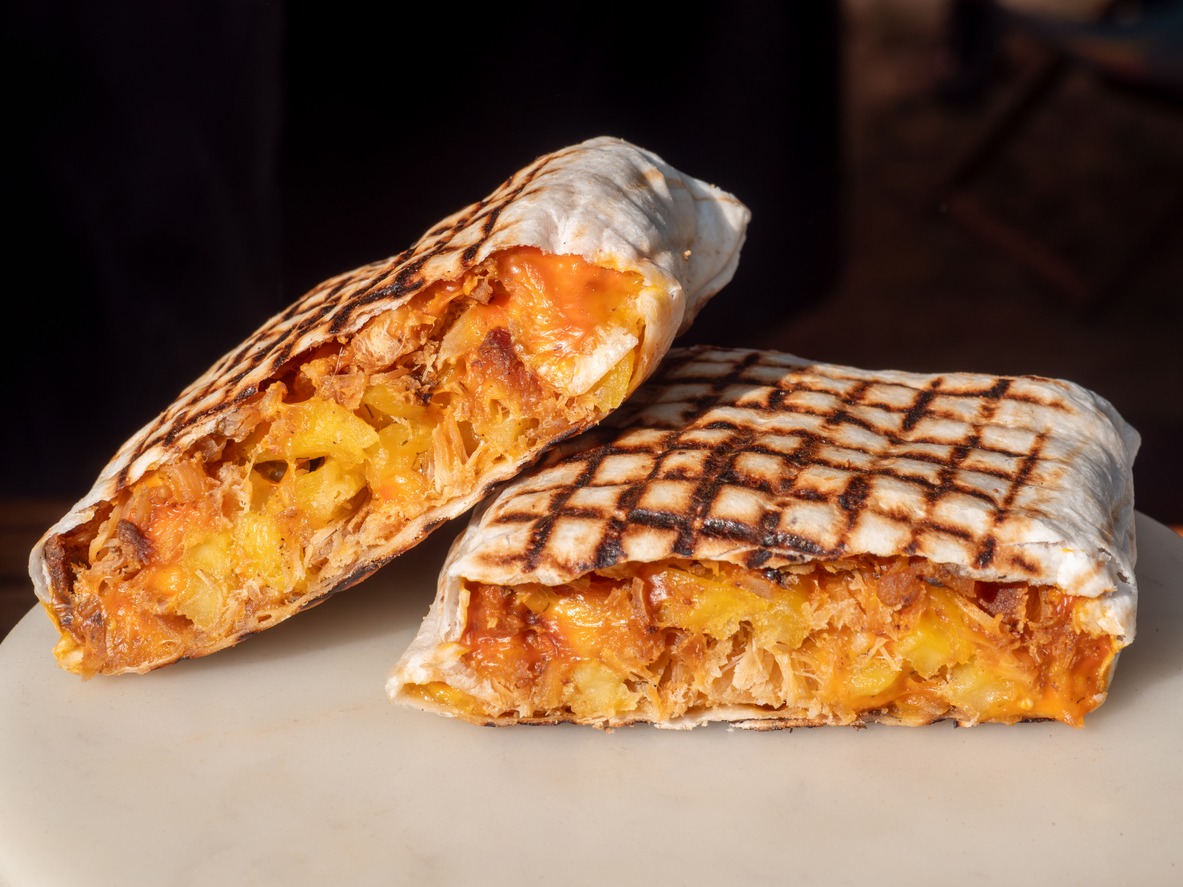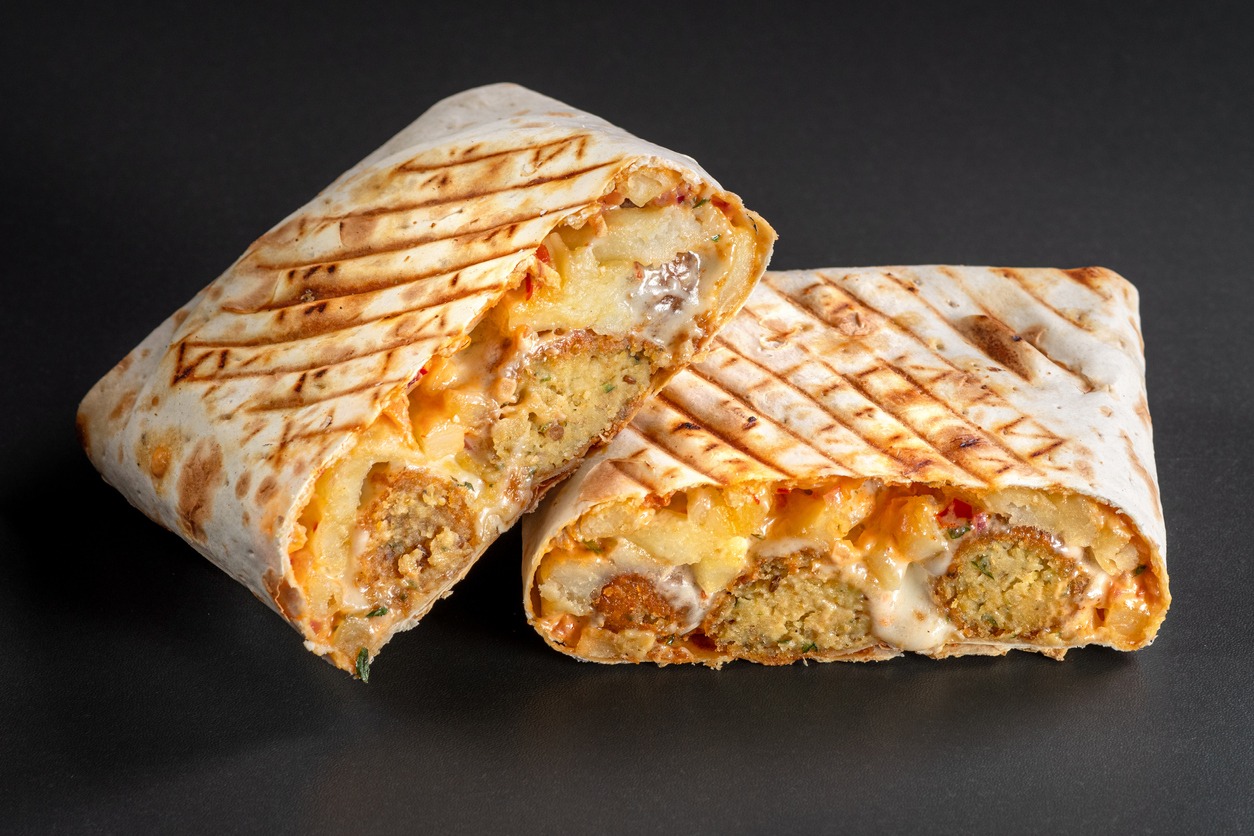Have you heard about the French Taco making its debut in the American food scene? It’s not your typical taco. This culinary creation, hailing from France, is a unique blend of flavors wrapped in a toasty shell, quite different from the traditional Mexican taco we’re all familiar with. As it makes its way into the U.S., the French Taco is stirring up curiosity and excitement among food enthusiasts.
In this article, we’re going to dive into what makes the French Taco a potential trendsetter. From its unconventional ingredients to the way it’s eaten, we’ll explore how this fusion dish is being received in the melting pot of American cuisine. Is it just a novelty, or will it find a permanent spot in the diverse array of American dining options? Let’s find out together.
The Rise of Fusion Cuisine in America
Fusion cuisine in America is a vibrant testament to the nation’s melting pot culture. This culinary trend, which blends elements from different culinary traditions, has roots that stretch back to the early days of immigration. Immigrants from various parts of the world brought their unique recipes and cooking styles, which gradually merged with local flavors. This blend of diverse culinary practices laid the foundation for what we now recognize as fusion cuisine.
Examples of Successful Fusion Cuisine
Some of the most notable examples include Tex-Mex, a hearty mix of Texan and Mexican flavors, and Asian fusion, which combines various Asian cooking styles with Western elements. These cuisines have not only become staples in the American diet but have also gained international acclaim. They demonstrate how fusion cuisine can create new, exciting dishes while still respecting the origins of each culinary tradition.
Impact on American Dining Culture
The rise of fusion cuisine has significantly impacted American dining culture. It reflects the country’s openness to diversity and its continuous evolution in food preferences. Fusion cuisine offers an adventurous and often unexpected dining experience, which has been widely embraced by American consumers. This trend has led to the establishment of numerous fusion restaurants, turning them into culinary hotspots in cities across the nation.
Fusion as a Reflection of Changing Palates
The American palate has become increasingly adventurous, with more people willing to explore new and exotic flavors. This shift can be attributed to greater exposure to different cultures through travel and media. As a result, there is a growing demand for innovative and eclectic food experiences, which fusion cuisine perfectly satisfies.
The Role of Innovation in Fusion Cuisine
At its core, fusion cuisine is about innovation and creativity. It’s more than just mixing different ingredients; it’s about creating a harmonious blend that appeals to diverse tastes. Chefs in this space are constantly experimenting, pushing the boundaries of traditional cooking to create unique and flavorful dishes. This drive for innovation is a key factor in the success and sustainability of fusion cuisine in America.
As we consider the introduction of the French Taco in the U.S., it is essential to understand how this new entrant fits into the rich tapestry of American fusion cuisine. Will it be able to find its niche and satisfy the evolving tastes of American consumers? The journey of fusion cuisine in America suggests that the French Taco has an exciting opportunity to make its mark in this dynamic culinary landscape.
What is a French Taco?
The French Taco, often a surprise to those expecting a traditional Mexican taco, is a culinary innovation that originated in France. Despite its name, the French Taco is quite different from its Mexican counterpart. It’s a fusion food item that combines elements of Mexican and French cuisines, creating a unique gastronomic experience. The French Taco is characterized by its use of a grilled flour tortilla, which is filled with a variety of ingredients and then folded into a rectangular package.
Key Ingredients and Preparation
Typical fillings for a French Taco include an assortment of meats (like chicken, beef, or turkey), cheese sauce, and French fries, all enclosed within the tortilla. The inclusion of French fries inside the taco is a distinct twist, setting it apart from other taco varieties.
Additionally, various sauces and additional toppings, such as fresh vegetables or different types of cheese, can be added to cater to individual tastes. The preparation involves grilling the filled tortilla, resulting in a crispy exterior with a warm, gooey interior.
Variations and Customizations
One of the French Taco’s hallmarks is its versatility. It allows for numerous variations and customizations, making it adaptable to a wide range of taste preferences. Restaurants and vendors often offer a variety of options, from the choice of meat to the type of sauce and additional fillings. This flexibility is a significant factor in the French Taco’s appeal, as it can cater to different dietary preferences and flavor profiles.
Comparison with Traditional Mexican Tacos
In contrast to the traditional Mexican taco, which is typically smaller, lighter, and filled with minimally processed ingredients, the French Taco is known for its hearty, indulgent nature. The Mexican taco is often celebrated for its simplicity and fresh flavors, focusing on the quality of primary ingredients like meat, cilantro, and fresh salsa. The French Taco, on the other hand, is more about the fusion of flavors and textures and its indulgent, fast-food characteristics.
The Culinary Fusion Aspect
The French Taco is a prime example of culinary fusion, where two distinct food cultures merge to create something entirely new. Its existence and growing popularity highlight the continuous evolution of global cuisine and the emergence of new food trends driven by cultural exchange and innovation.
French Taco’s Journey to America
The French Taco’s journey to America marks a significant step in the global expansion of this unique culinary creation. Initially popular in France and parts of Europe, its introduction to the U.S. represents a bold move into a market known for its diverse and adventurous food scene. The entry of the French Taco into America has been facilitated by a growing interest in international cuisine and the continuous search for new and exciting food experiences.
Initial Establishments and Location
The first wave of French Tacos in the U.S. can be traced back to select eateries and food trucks in urban areas, particularly those with a strong interest in global cuisine trends. These pioneering establishments, often located in cosmopolitan cities with a history of embracing international foods, have played a crucial role in introducing the concept to American consumers.
Adaptation to American Tastes
Understanding the American palate has been crucial for the successful introduction of the French Taco. While keeping the core elements that define the dish, some adaptations may have been made to cater to local tastes. This could include the addition of familiar American flavors, tweaking the spice levels, or offering more diverse filling options to appeal to a broader audience.
Marketing and Promotion Strategies
The marketing and promotion of the French Taco in the U.S. have focused on highlighting its unique fusion aspect and novelty. Social media campaigns, food festivals, and collaborations with local influencers and food bloggers have been instrumental in creating buzz and curiosity. These efforts aim to educate potential customers about the dish and entice them to try something different.
Challenges and Initial Reception
The introduction of any new food item in a diverse market like the U.S. comes with its challenges. These may include overcoming preconceived notions about what a taco should be, competing with established fast-food and fusion cuisine options, and finding the right balance between authenticity and adaptation. The initial reception of the French Taco may vary across different regions and demographics, providing valuable insights for further expansion and adaptation.
Future Predictions
Looking ahead, the French Taco appears poised for significant growth and expansion in the American market. Its unique blend of flavors and adaptable nature make it a strong candidate for widespread popularity. As American consumers continue to embrace international and fusion cuisines, the French Taco could find its niche among the array of global food options available. With strategic marketing and positive word-of-mouth, it’s likely to expand beyond urban centers into suburban and even rural areas.
Influence on the Fast-Food Industry
The introduction of the French Taco in the U.S. may also have a notable impact on the fast-food industry. Its novel format and customizable nature align well with current trends in fast food, which increasingly favor personalization and new experiences. This could lead to larger fast-food chains experimenting with similar concepts, potentially incorporating French Taco-inspired items into their menus.
Evolution and Adaptation
As with any imported culinary concept, the French taco is likely to evolve and adapt to fit American tastes and preferences better. This evolution might involve incorporating more locally sourced ingredients, experimenting with regional flavors, or even creating healthier versions to appeal to the health-conscious segment of consumers. The dish’s flexibility and adaptability will be key to its long-term success and integration into American food culture.
Cultural and Culinary Impact
Culturally, the French Taco’s rise in popularity could foster greater interest in French and Mexican cuisines, leading to a deeper appreciation and exploration of these rich culinary traditions. It could also inspire new fusion food trends, contributing to the dynamic and ever-changing landscape of American cuisine.
Challenges and Sustainability
However, the future of the French Taco in America isn’t without potential challenges. It will need to maintain its novelty and appeal in a market known for rapidly changing food trends. Additionally, the sustainability of the dish in terms of sourcing ingredients and environmental impact may become important factors, especially as consumers become more environmentally conscious.
Long-Term Outlook
In the long term, the French Taco may establish itself as a staple in the American fast-food scene, much like how sushi and pizza, once foreign, have become integral parts of the culinary landscape. Its ability to adapt and evolve will determine whether it becomes a permanent fixture or a temporary culinary trend.
Conclusion
The French Taco’s introduction to the American food scene is a fascinating development in the world of fusion cuisine. Its unique blend of French and Mexican flavors offers a new and exciting option for food enthusiasts across the U.S. While its future in the American culinary landscape remains to be seen, the French Taco certainly has the potential to make a lasting impact. Whether it becomes a staple in the fast-food industry or a delightful culinary novelty, its journey will be an interesting one to follow for anyone with a love for innovative and international flavors.



